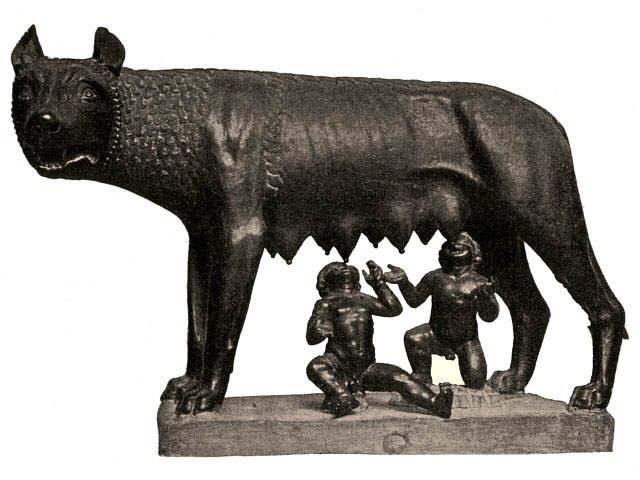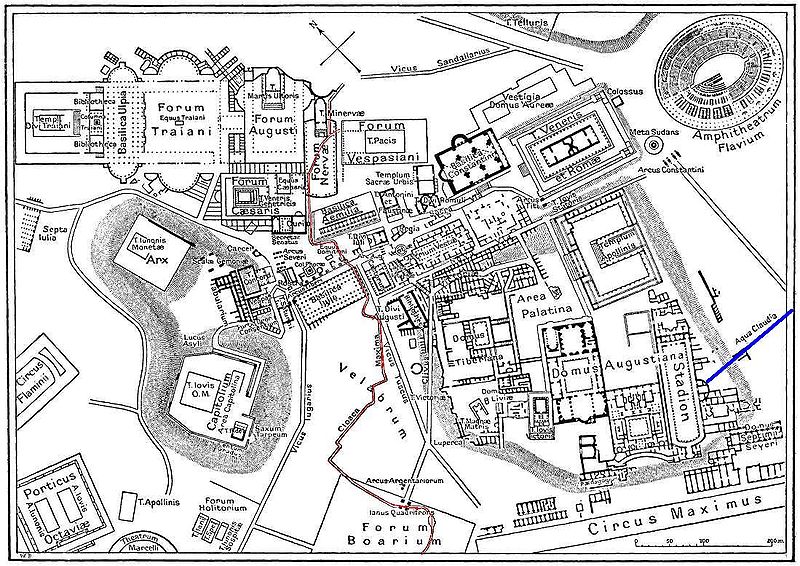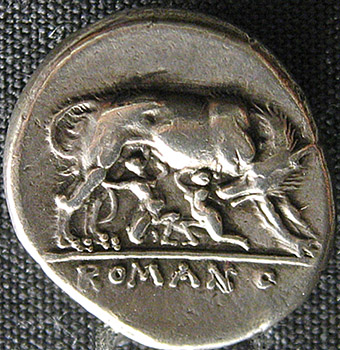City of Rome
CX248-30/CX348-30
Tuesdays from 5-7 pm in A0.23 (lectures)
plus seminar groups Mon 3-4 pm in B204/5 Sci concourse and Tues 4-5 pm in H1.03 in weeks 4, 7, 14, 17/10
This module will offer an interdisciplinary and thematic approach to the city of Rome, involving archaeological, epigraphic, historical and numismatic (as well as some literary) evidence. From her humble beginnings in 8th cent BC to her spectacular rise and fall in the 5th century AD (with a brief treatment of her resurrections in the Renaissance and the modern era) we consider how Rome’s history and image was cast and recast over time. By examining the light and the darkness of the Eternal city: Her grand buildings monuments, palaces, and fora, as well as her sewers, squalid apartments, and secret cults, the course will assess Rome from different (sometimes opposing) perspectives: Living in Rome, Dying in Rome, Being a victor in Rome, being defeated in Rome. Attending games in Rome, Participating in Games (etc). How was Rome a fragile dream to one man and a lively whore to another? We will explore the She-wolf of Rome as a social, political, economic and religious animal, considering the stories told by her great aspirations as well as her gruelling realities.
Rome was at all times a hub and a melting pot of people from all over its big Empire and beyond. Rome is the capital of the Italian state today an international city today with an array of foreign institutes, such as the British School at Rome (BSR), the Deutsches Archäologisches Institut (DAI) and the École française de Rome. Likewise, scholarship on the city of Rome is more international than scholarship in other areas of research. Therefore the module offers the opportunity to students interested in foreign scholarship and having language skills, be they even basic, to engage with non-English bibliography:
Italian, German, French and Spanish. This is entirely optional and forms not part of assessment.
Students are encouraged to get in touch, and reading and seminars will be prepared, tailored to their interests and skills.
Assessment method: 50% assessed/ 50% Exam.
ORGANISATION
There a single weekly lecture session, on Thursday 4-6 pm in H0.03. The lectures are designed to present key subject areas to the class, to highlight important evidence and its problems, and to review the main items of modern bibliography. Lectures will generally be ca. 90 minutes long, to allow for questions and a break. Handouts and lecture slideshows will all be available after the lecture online. Quotes, images and examination of evidence in these sources is a place to start but it is expected that further consolidation and reading of specific monuments (including forming your own ideas about specific buildings) is necessary for the formal essays. In conducting these investigations (from the reading lists and links provided on the course webpage) please remember that newer scholarship, is not necessarily better, so be sure to read the earlier reports as well (Amanda Claridge and the Platner & Ashby guide provide a good catalogue of scholarship and primary source descriptions (respectively). A balance of both these sources is necessary!
Seminars will take place three times each term. All students are required to attend seminars (an attendance record will be taken), and are expected to prepare for and to be able to take part in discussions. Each student will be required to make 2 presentations throughout the year in seminars.
Part of the pattern are small group seminars offered to students, who are interested in engaging with bibliography in Italian, German or French. This is optional and may be especially attractive for students on the Study in Europe degree. Please drop me an email, if you are interested.
This module is available in 2018/19
Module Convenor: Prof Suzanne Frey-Kupper
Module Tutors: Prof Suzanne Frey-Kupper (Terms 1 & 3), Dr Hannah Mitchell (Term 2)



